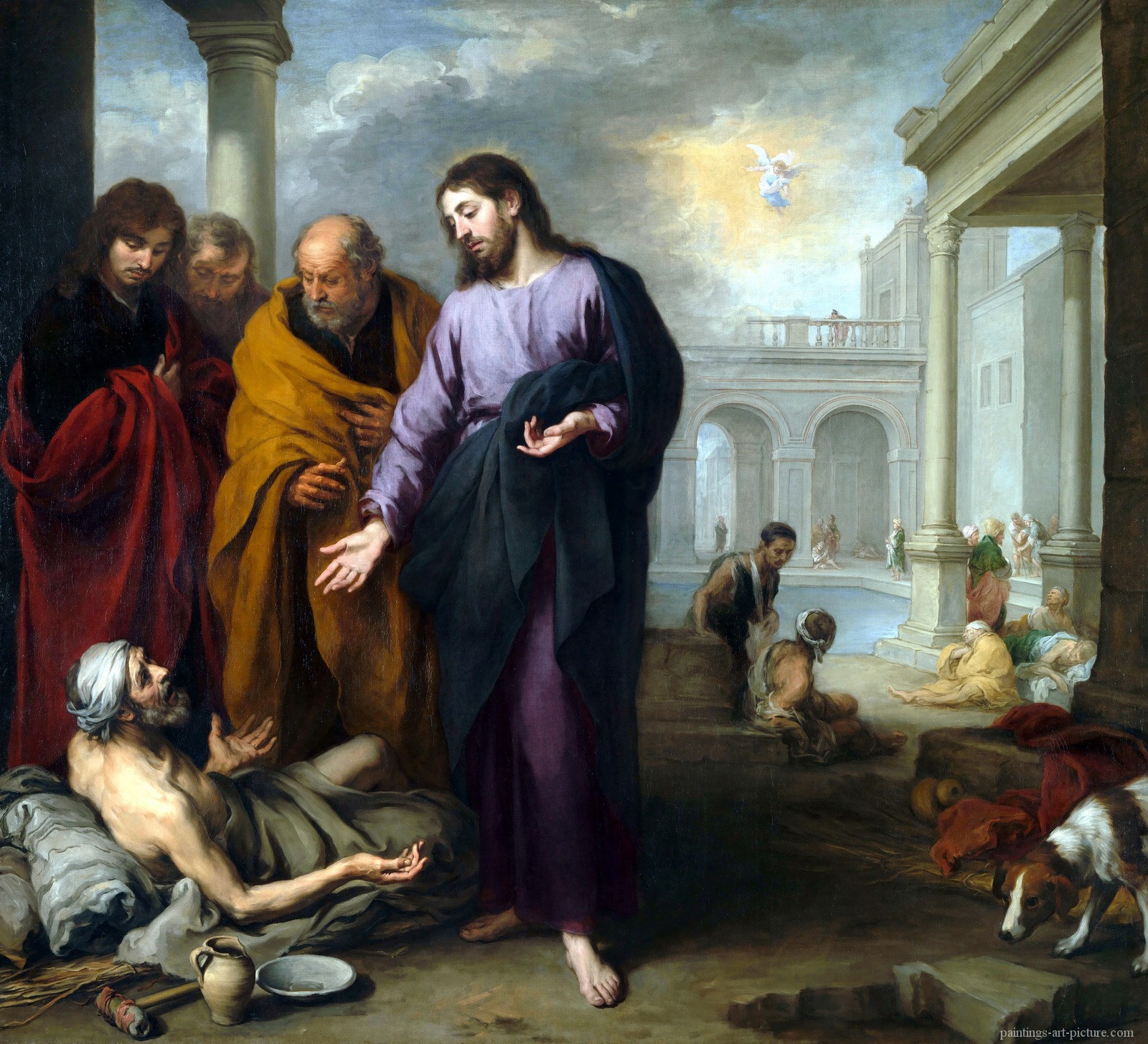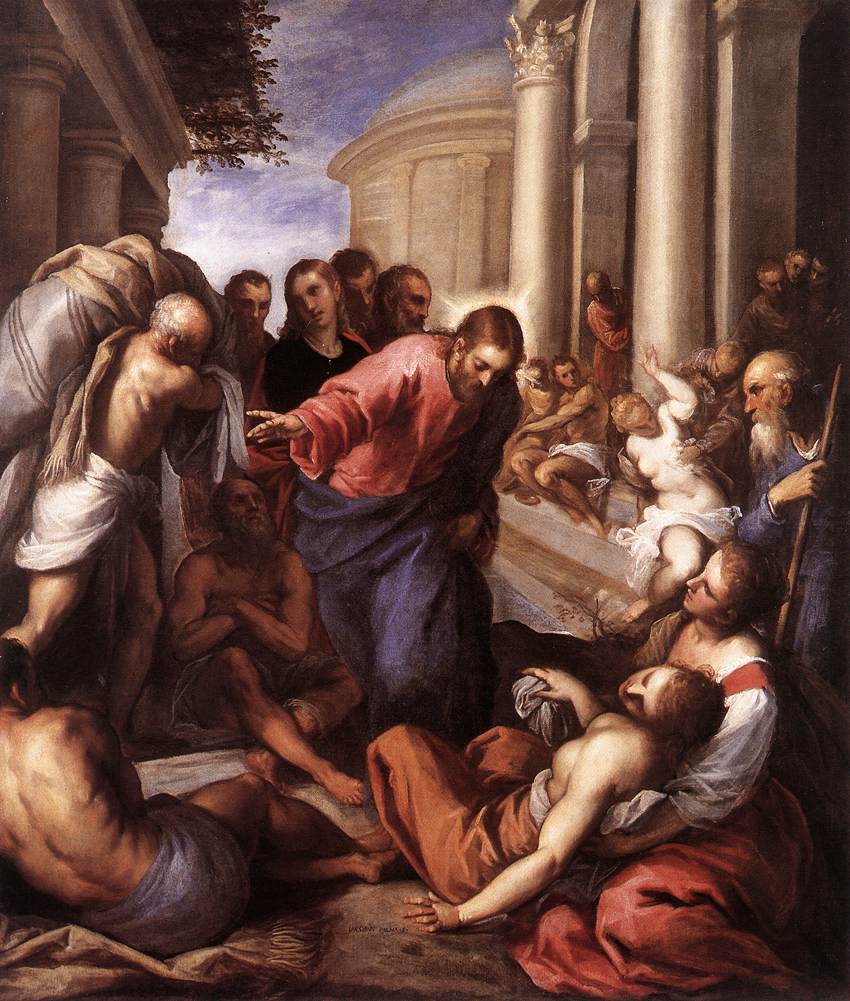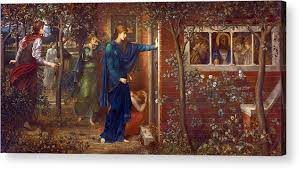Write a new one!
It’s taken me almost two days to write this first sentence. I’ve spent time pondering this topic and reviewing books and articles in half-hearted attempts for inspiration. I’ve also been sidetracked from writing—I keep getting distracted by mundane movies on TV. (Right now, I’m sort of watching Jane Fonda in the movie Cat Ballou.) During a Nutri-System commercial featuring Marie Osmond, I got further side-tracked when I googled “The Osmonds”—and read about Donny for over an hour. This time-waste is practically a ritual for me. I will do almost anything to avoid the discipline and work that writing requires. Feeling guilty, I finally climbed out of my self-imposed rut and wrote the title of this post. Before I could finish my first paragraph, however, I just had to google and read about Lee Marvin (who co-stars with Jane Fonda in Cat Ballou; I learned that Marvin was a WWII vet who earned a Purple Heart before becoming an actor). Good for him; but googling random information is just another time-suck. Now, once again, I’ve resumed writing this post (while watching the TV show Intervention). I know. I should just turn off the TV, but the remote is on the other side of my bed and out of reach. Maybe I’ll just quit writing for now . . .
Writing the script of our individual lives involves this same process. We have dreams, ambitions, and desires. We set goals. We start working toward them. We stop. And re-start—again and again. In between stopping and starting, we get stuck. Some of us get unstuck. And then get stuck again—“rinse and repeat.” Some of us stay stuck. Ironically, it often takes just as much energy to stay stuck as it does to get unstuck. In this post, I’ll discuss one type of “stuckness”: How we tell and re-tell our same old stories.
There’s a New Testament story in the Book of John about a disabled man who represents all of us to some extent. John tells us that during a Jewish feast in Jerusalem, Jesus Christ visited the Pool of Bethesda. There, Christ found a “great multitude of impotent folk, of blind, halt, withered, waiting for the moving of the water” within the pool (John 5:3). Apparently, “an angel” appeared “every season” and rippled the water. The first person who jumped into the rippled water was immediately healed. Christ noticed one particular disabled man lying on a mat at the edge of the pool. When Christ questioned him, the man told his sad story to the Savior: Having spent 38 years, on the same mat, in the same spot at the pool’s edge, the disabled man had lost hope in healing. He says to Christ, “There is no man, when the water is troubled, to put me into the pool: but while I am coming, another steppeth down before me” (verse 7).
Think about that. For 38 years, this had been the disabled man’s story. And, he stuck to his story. Even more, he was stuck in his story. The lame man had probably recounted his story time and again—to himself and to anyone who would listen. And telling and re-telling his story got him nowhere; he stayed stuck.

“Christ Healing the Paralytic at the Pool of Bethesda” by Bartolome Murillo
Minister and author, Joyce Meyer, gives her own interpretation of John’s account:
A man was crippled, and he lay by the pool of Bethesda for 38 years waiting for his miracle. When Jesus came to the man and asked him how long he had been in that condition, the man gave the length of time and told Jesus how he had nobody to put him into the pool at the right time. The man felt sorry for himself, so he just lay there and did nothing. Bottom line, the man had avoided responsibility. His second problem was that he blamed others [because everyone else jumped in the water before he could]. How did Jesus respond? Jesus didn’t feel sorry for him. Instead, Jesus said, rather sternly, ‘Get up! Take up your mat and walk.’ In other words, stop being lazy and get on with your life. The answer to his problem surfaced when he made an effort to move”
(“Make Changes in Your Life That Last,” joycemeyer.org.).
For me, the most profound part of this story is Christ’s question to the disabled man. Jesus flat out asked him, “Wilt thou be made whole?” Well, isn’t it painfully clear that the disabled man wants to be made whole? Why would Christ ask such an obvious question? My interpretation of this scenario is similar to Joyce Meyer’s. Most, if not all of us, want to be “whole” in mind, body, and spirit. Ironically, all of us—at one time or another—are simply unwilling or reluctant to take personal responsibility when we get stuck. Because getting “unstuck” requires our effort and hard work toward wholeness. It’s often easier (at least in the short term) for us to make excuses. So, we stay stuck. Our obstacles toward wholeness can be a myriad of variables involving physical, emotional, and spiritual incapacities or weakness such as a lack of money, resources, and/or time. However, if we honestly evaluate ourselves, we can find meaningful answers to the following questions:
- How many of our life obstacles are self-imposed?
- How often do we place these obstacles and impositions upon ourselves—and upon others?
- In what ways do we create these obstacles?
- Are we using these obstacles and impositions as excuses to avoid the hard work of revising and rewriting our life stories?
Surely, a well-lived life requires constant self-examination, ownership, and accountability. And it’s an excruciatingly painful process. When I get stuck, I think about the disabled man at the Pool of Bethesda. I wonder what happened to him in the aftermath of his miraculous healing by the Savior. The scriptures say the man “rose up with his bed and walked.” Did he keep on walking? Did he stay whole and healed? Did he do something with his life? Did he know what to do with his newfound freedom (which meant new responsibilities)? Or, did he eventually find another place on down the road, spread out his mat, and lay down again?

Relationship expert, Iyanla Vanzant is a regular on Oprah’s Lifeclass series. One of Oprah’s featured segments is themed, “How to Get Unstuck From Your Story.” Vanzant’s thesis reads: Having one story in your mind about yourself can trap you in a world of pain. So, how do we get stuck in the first place? Vanzant offers the following:
- We don’t know who we are. We get stuck in our limitations and perceptions of ourselves. (I wonder if the disabled man at Bethesda’s pool defined himself only as a “cripple” and thus unable to do anything else with his life—except to sit poolside.)
- We don’t want to get unstuck. We get stuck in our story of sadness. We won’t take risks or push ourselves beyond what’s comfortable. We often live down to other’s expectations. (I wonder if the disabled man became “too comfortable” living by Bethesda’s pool because he had fashioned a more comfortable bed or “a mat” while positioning himself in “his” same space or turf for 38 years.)
- We keep re-telling our stories time and again all throughout our live. (Again, I wonder how many times during those 38 years the disabled man told his sad story until Christ approached him?)

“Christ Healing the Paralytic at Bethesda” by Palma Giovane
So, how do we get unstuck? Vanzant offers these suggestions:
- Tell the absolute truth about ourselves. Look at how we contribute to our own pain. We don’t have to get stuck there, but we have to own it. Tell the absolute truth about who we are, what we want, and what we’re willing to do (and not do) to get unstuck.
- State the facts, speak the truth. For instance, if a woman repeatedly tells herself, “I’m just a single mom, and I can’t do it. I’m overwhelmed,” that becomes her story. And she stays stuck. But if she changes her story by stating the simple facts, her hardship turns hopeful: “I’m raising a child without the benefit of a partner. However, God is with me and is helping and partnering with me.” Thus, her story becomes one of hope not despair. When we stop telling our same old story, a new story will bubble to the surface. However, we have to literally stop ourselves in our tracks when we start re-telling our old story.
- Ask for what we want. We stay stuck because we’re accepting whatever comes along. Often times, we don’t have the nerve to ask for what we want. Or, we’re afraid of getting “no” answer. Ask anyway and have a back-up plan in pursuing our vision.
- Let go of excuses. Do the thing that is scary. Be willing to fall on our faces and fail. Take calculated risks.
- Create a vision for ourselves. It will pull ourselves out of our old story.
- Be willing to ask for help. Be willing to admit to God and to others that we’re stuck and need help.
- Forgive ourselves and everyone else for past mistakes and for being imperfect.
LDS psychologist, Wendy Ulrich, gives a fun and creative example of how to change our stories:
The story of ‘The Emperor’s New Clothes’ comes to mind here. We remember that two swindlers tell the emperor they have a very special and expensive cloth of unusual beauty, but it cannot be seen by people who are stupid or unfit for their position. Of course, neither the emperor nor anyone else wants to admit to stupidity or inadequacy, so everyone pretends to be dazzled by the emperor’s new clothes until a child innocently remarks, ‘But he has nothing on!’ It is easy to blame the emperor for vanity until we remember that everyone in the village also fears admitting they cannot see the special cloth. The emperor and all the people may be working hard to hide their feared stupidity, but the real culprits here are the swindlers who weave the tale that stupidity or poor performance are too shameful to be admitted and that specialness can be bought and sold. Most of us are villagers in this story, some of us are emperors, and a few of us are the child with the courage (or naivete) to refute the idea that our inadequacies should be denied and hidden and that admiration for our specialness can be bartered for.
As we learn to tolerate inadequacy and failure as normal and surmountable through effort, humor, learning, and help—rather than abnormal and to be hidden, lambasted, or denied—we begin to imagine finding self-worth. God does not define us or value us based only on our genius, strength, prosperity, and conquests. Christ has atoned for our weakness as well as for our sins”
Forgiving Ourselves, 2008, pp. 131-132.

“Christ Healing the Cripple at the Pool of Bethesda” by Pieter Aertsen
So, how does Dr. Ulrich change the emperor’s story?
In the case of ‘The Emperor’s New Clothes,’ the story ends with the emperor continuing the parade back to his palace while he wonders disconcertedly if the child who announced his nakedness might have been right. When confronted with our nakedness we could also choose to hold our head high and finish the parade stark naked. We could instead blame our subjects for their stupidity and banish them. Or perhaps we might slink off to another kingdom where our own stupidity has not yet been exposed. When we live on the teeter-totter of shame and pride, they are the only endings to the story that we can really imagine.
So let’s consider another ending [and re-tell the story]: How about we all have a good laugh, kick out the swindlers, eat hot dogs and potato salad, and go jump in the pool? And vow that we will not get suckered again into advancing our self-esteem by making others’ stupidity manifest. Teeter-totters are fun on playgrounds, but they don’t sit well in our souls”
(p. 139).
I’ll end this post by sharing Lex de Azevedo’s lyrics to the song, “My Story.” He wrote it for Carol Lynn Pearson’s musical My Turn On Earth. I saw this production with an old boyfriend way back in 1977, and I made this song “my own.” Here’s the link to the song: https://youtu.be/JaOi0BLdfv0
I’m the one who writes my own story. I decide the person I’ll be. What goes in the plot and what will not, is pretty much up to me. And just in case, I need to erase it was figured out before. A thing called ‘repentance’ will wipe out a sentence, a page, or a chapter, or more.
Everyone who writes their own story, now and then will make some mistakes. But given some care they needn’t stay there. And this is all that it takes. You must know you’ve done wrong, so you feel very bad and then. Don’t try to hide it, do try to right it and vow you won’t do it again.
This book of mine is very important, so someone is right there. To help with my story, He’s been here before me and always as close as a prayer. We will write each day and night, and do it faithfully. A wonderful story of sadness and glory. It’s written by Jesus and me.
What’s your story? Are you sticking to it?
Here’s to revisions and editing,
Julie

